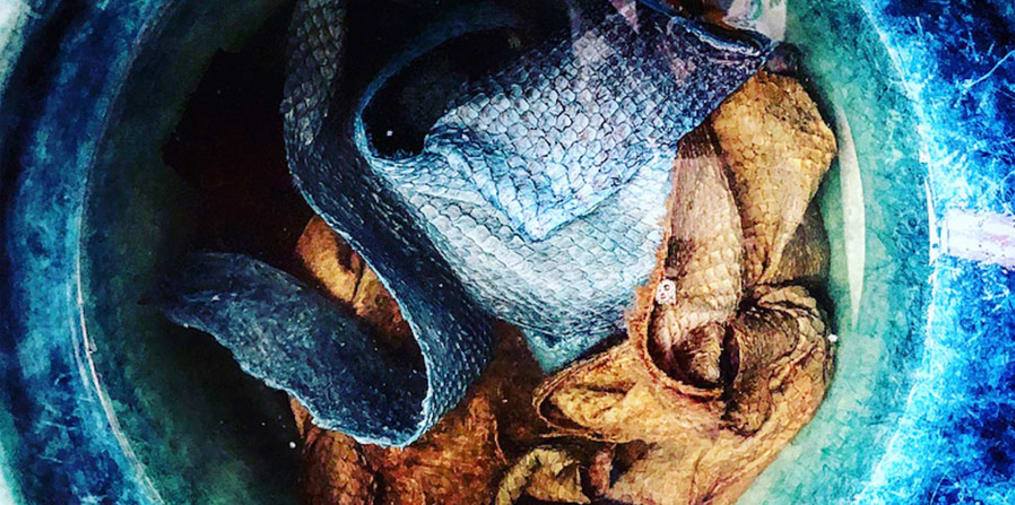Fishskin
Project duration: 1 February 2019 – 30 March 2023
Funded by: EU Horizon 2020 MSCA Research and Innovation Staff Exchange Programme
Project summary
The Fashion industry is currently going through a significant change in its approach towards sustainability, aiming to transform from a wasteful and polluting industry into a cleaner and more circular sector. While fish leather was used for centuries by indigenous people in Northern Europe and Asia, it was pushed aside by methodologies which offered more profitable characteristics. Today, however, the ever increasing focus on sustainability, circular economy principles, and state-of the-art technology combined with changing consumer tastes, allow us to challenge existing fashion assumptions and explore the viability of fish leather is this industry.
In Fishskin, our research focuses on developing a new category of raw material for fashion – fish leather. We aim to amalgamate the Marine Culture and Fashion industries by using both the fish flesh and skin as viable, economically useful products. Through secondments and network training events, we will integrate knowledge from different disciplines, Fashion Design, Material Science and Marine Biology, to form a new collective knowledge through which academic and industrial experts will strive to develop new techniques and methodologies for a market take-up of fish leather at an industrial scale.
Fishskin has received funding from the European Union’s Horizon 2020 research and innovation programme under the Marie Skłodowska-Curie grant agreement No 823943.
Aims and objectives
- The research of fish skin from a biological, ecological and Maricultural point of view, in light of its identification as a novel, relevant and potentially ecological raw material for the fashion industry.
- To deepen our basic understanding of the use of fish skin as raw material for the fashion industry. Based on this knowledge we will develop new techniques and processes for manipulating and enhancing fish skin properties in their use for the fashion industry.
- Focus on the scale up challenges for fish skin as a raw material so that its impact on the fashion industry can be tested.
- To raise awareness amongst the professional and general public of the outcomes and possibilities embodied on fish leather, and ensure effective communication and feedback with end users and other stakeholders throughout the project.
Partners
- Shenkar Engineering, Design & Art (Lead Partner), Israel
- ARS Tinctoria SRL, Italy
- Israel Oceanographic And Limnological Research, Israel
- Listahaskoli Islands, Iceland
- Kornit Digital Ltd, Israel
- Kyoto Seika University, Japan
Key UAL staff
- Academic lead: Elisa Palomino-Perez, e.palomino@csm.arts.ac.uk (Senior Lecturer in Fashion Print at CSM)
- Edwin Phiri, e.phiri@fashion.arts.ac.uk (Subject Leader for Fashion Marketing at LCF)
![]()
![]()
![]()

